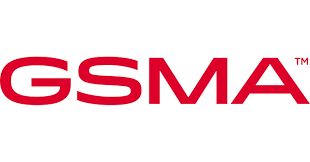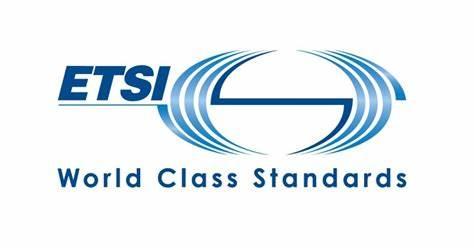
Samsung Electronics and LG Electronics have their sights set on 6G.
Samsung Electronics announced that, along with Japan's KDDI, it succeeded in demonstrating network slicing technology on a live 5G Standalone (SA) network on Jan. 20.
Network slicing enables a physical network to be partitioned into multiple virtual networks to offer high-speed, low-latency communication.
LG Electronics, which exited the smartphone market in 2021, is ramping up investment in next-generation network technology.
In 2022, it has succeeded in transmitting communication signals of 6G terahertz (THz) data over a distance of 320 meters outdoors. It was a major jump from the year before when it transferred 6G THz data over a distance of 100 meters outdoors.
Ultra-wideband, such as 5G and 6G, is short-ranged and can experience more power loss from transmission to reception, thus ensuring signal quality is important.
Samsung Electronics and LG Electronics are ramping up efforts on telecommunications technology as the next-generation mobile communication technology is forecast to be the key technology not only for mobile but also for the growth of future industries.
Data transfer speeds for 6G are up to 50 times faster than for 5G. Virtual reality (VR) rolled out without latency when turning the head, self-driving cars that can be controlled quickly depending on road conditions, smart homes and smart cities where devices are connected to an Internet of Things (IoT) platform, and smart factories that can be controlled autonomously based on data — they can all benefit from 6G technology.
Samsung Electronics Executive Chairman Lee Jae-yong has chosen the telecommunication technology business as one of the engines of future growth. Lee personally oversaw the formation of an organization dedicated to 5G when the company started developing 5G technology in 2011.
Samsung Research formed a unit dedicated to 6G in 2019. Last year, Samsung Electronics held its first-ever 6G forum.
“We are anticipating the mobile communication business to grow as a flagship business in the Lee Jae-yong era comparable to the ‘legendary’ semiconductor business,” a Samsung Electronics official said.
The global 5G market landscape is continuously growing.
According to TrendForce analysis, the value of the global 5G market will reach $14.5 billion this year and further scale up to $37 billion in 2026, with average annual increase of 11 percent.
TrendForce states that the main application segments of the market for 5G networks are industrial manufacturing (32 percent); smart vehicles and public transportation (25 percent); energy and utilities (18 percent); medical solutions (15 percent); and consumer electronics (10 percent).
Academics forecast standardization work on 6G to start in 2025 and will be ready for commercialization between 2028 to 2030. Thus the key is to eliminate the time gap between users and service providers.
“Next-generation communication technology is a field that has a lot of potential for application,” said Yeo Woon-young, professor of electrical engineering at Sejong University.
“Although LG Electronics has shut down its smartphone business, it is highly likely that home appliances and electronics fields for smart home construction will be integrated into information technology (IT) in the future, thus it is continuing to procure related technology.
“The 6G network is now at the stage of being presented as an idea for future technologies,” Yeo added. “Academics forecast that technology would power the space-air-ground network integration, and VR that transmits brain signals to computers or satisfies the senses beyond vision and hearing.”
Click here to read the original article written by Ko Suk-Hyun









